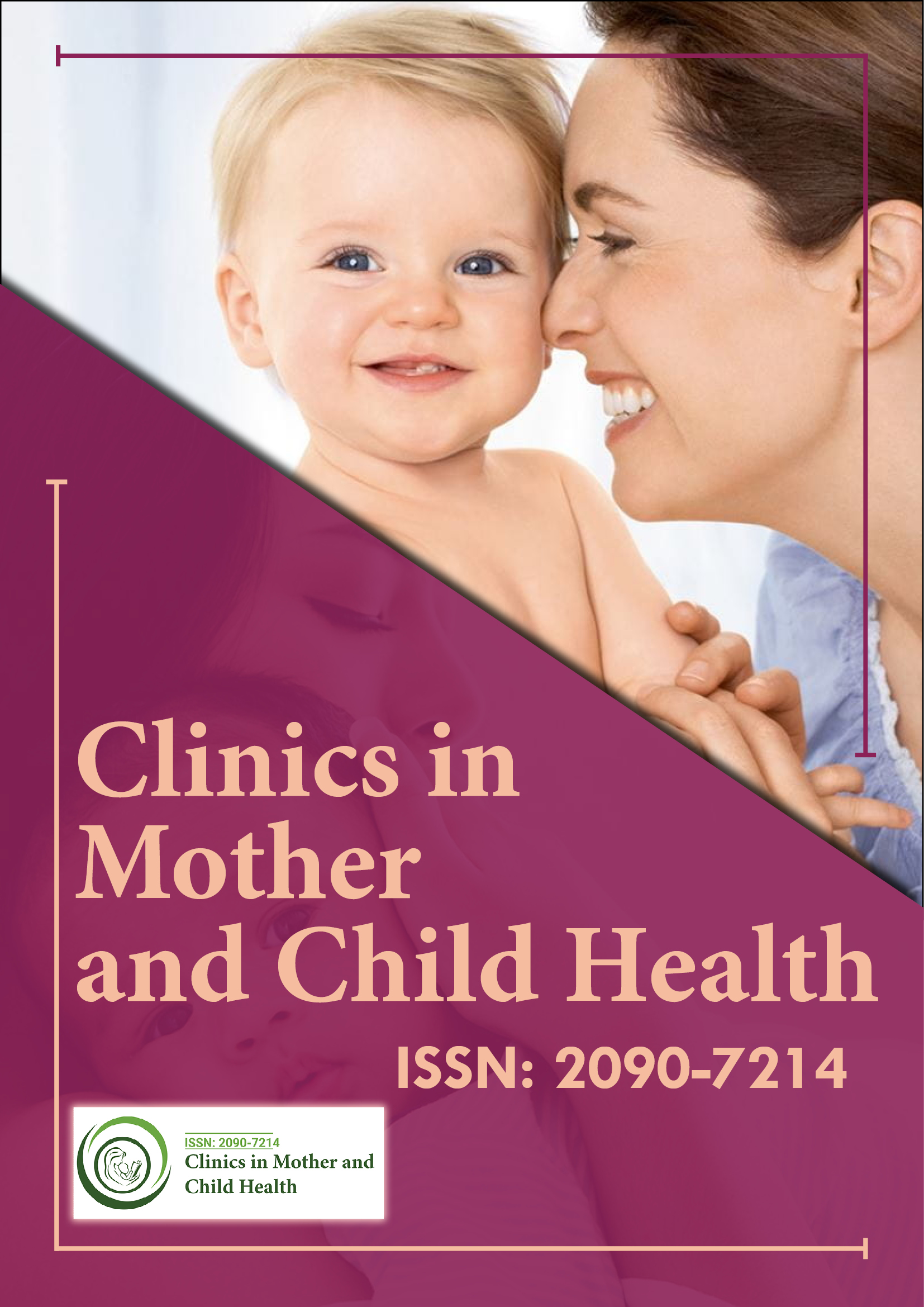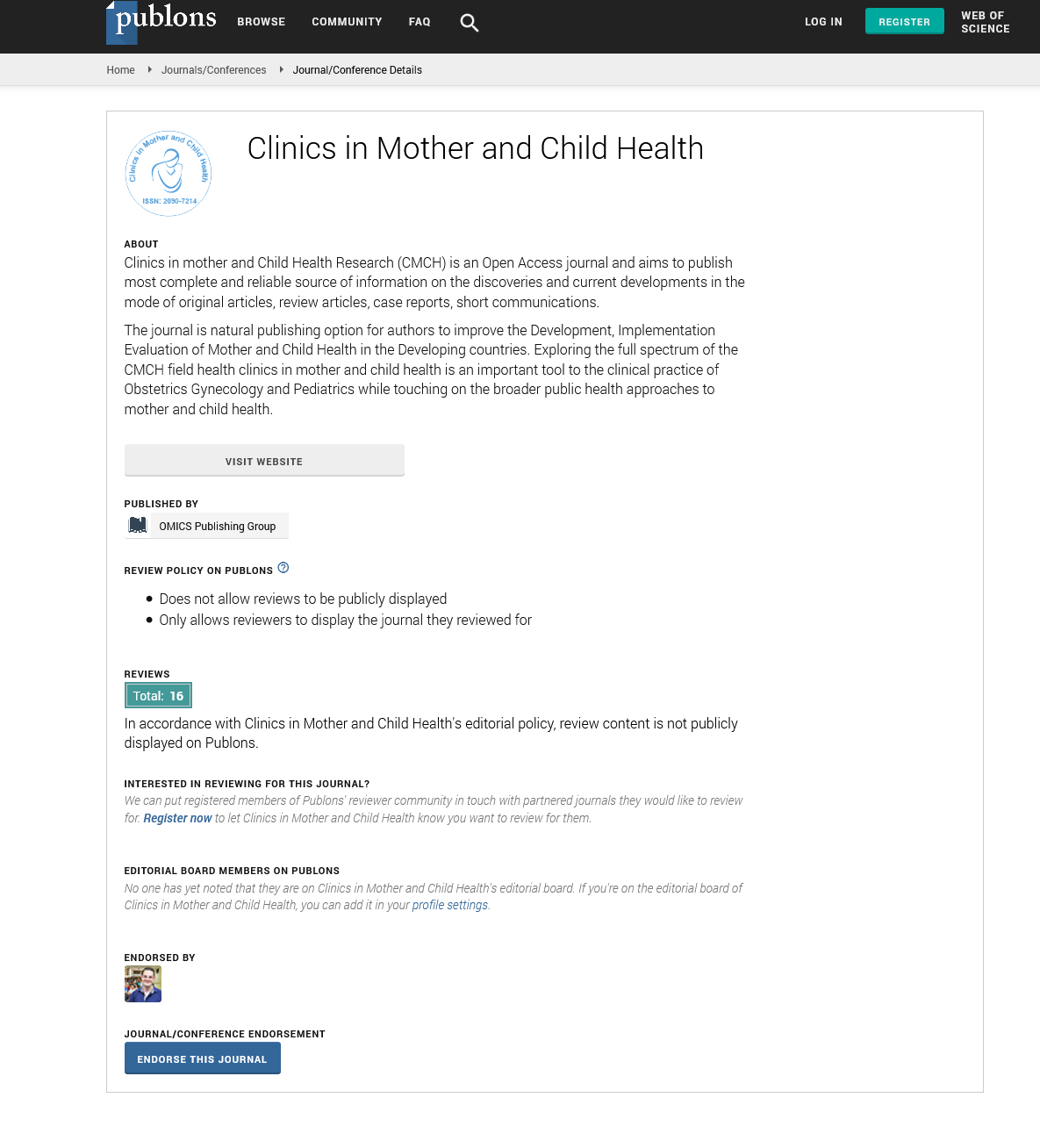Indexed In
- Genamics JournalSeek
- RefSeek
- Hamdard University
- EBSCO A-Z
- Publons
- Geneva Foundation for Medical Education and Research
- Euro Pub
- Google Scholar
Useful Links
Share This Page
Journal Flyer

Open Access Journals
- Agri and Aquaculture
- Biochemistry
- Bioinformatics & Systems Biology
- Business & Management
- Chemistry
- Clinical Sciences
- Engineering
- Food & Nutrition
- General Science
- Genetics & Molecular Biology
- Immunology & Microbiology
- Medical Sciences
- Neuroscience & Psychology
- Nursing & Health Care
- Pharmaceutical Sciences
Abstract
An Epidemiological Study of COVID-19 in Adolescents, Youth, and Older Adults in Six US States Prior to Vaccine Availability
Barbara Rumain*, Moshe Schneiderman and Allan Geliebter
A number of studies in Europe and China have reported that adolescents were considerably less susceptible to COVID-19 than older adults. In the summer 2020, before vaccines were available, we examined data from Department of Health websites in the six states, that had experienced a surge of cases, to assess prevalence of COVID-19 s, in adolescents and youth as compared to older adults. We also looked at two other measures related to prevalence: 1) the relation to expected cases, the (percentage of cases observed in a given age group divided by percentage of cases expected based on population demographics); and 2) the percentage deviation, or (% observed—% expected)/ % expected. We found that prevalence of COVID-19 for adolescents and for youth was significantly greater than for older adults (p<.00001), as was percentage observed ÷ percentage expected (p<.005). The percentage deviation was also significantly greater in adolescents/youth than in older adults (p<0.00001) when there was an excess of observed cases over what was expected, and significantly less when observed cases were fewer than expected (p<0.00001). Our results are contrary to previous findings that adolescents are less susceptible than older adults. Since vaccines were not yet available at the time period of our study, vaccination of older adults was not a contributing factor.
Published Date: 2021-05-28; Received Date: 2021-05-07

